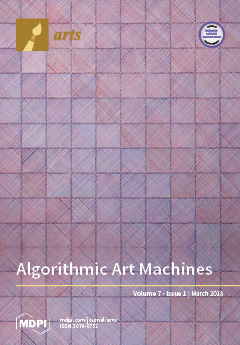Disability, especially when war-related, is dangerous ground for entertainment films. Depictions of battle-scarred living bodies are necessarily political, since they cannot avoid commenting on the conflict of which they are a stark visual reminder. Yet depictions are politically multivalent: seeing the disabled has
[...] Read more.
Disability, especially when war-related, is dangerous ground for entertainment films. Depictions of battle-scarred living bodies are necessarily political, since they cannot avoid commenting on the conflict of which they are a stark visual reminder. Yet depictions are politically multivalent: seeing the disabled has a wide range of effects on audiences. Unsurprisingly, then, disabled survivors of the war have rarely appeared on postwar screens. But the trend of avoiding the messy reality of war-related disability, and disabled bodies more generally, has ended, as the emphatic success of period drama
Love and Honor (2006) can attest. In the new century, many films have tackled this once-taboo topic, winning success at the box office or, like
Caterpillar (2010), at film festivals. In this article, I analyze depictions of disabled war survivors and other disabled bodies in recent Japanese films, drawing a contrast between
Love and Honor and the aforementioned
Caterpillar; I explore what motivated this more visceral retelling of both war trauma and general disability, and why each succeeded either commercially or critically. The trend towards depicting disability coincides perfectly with Japanese cinema’s resurgent success against Hollywood. Visceral depictions of traumatized bodies that are symbolically—or literally—disarmed have resonated with domestic audiences, perhaps because disability not only emasculates, it can also empower: the disabled, many believe, can speak with greater authority on the war or the human condition than anyone else. But what will they (be made to) say?
Full article




